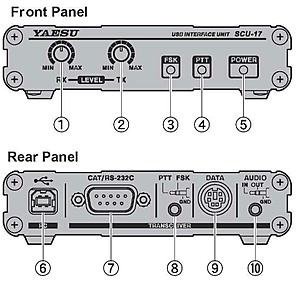


The digital engine software may also display some kind of tuning aid to help users to tune signals in accurately. This software, in conjunction with a sound card or codec, acts as a modem to translate when transmitting between characters, either stored in message files or input from the keyboard, and the varying frequencies that are actually transmitted, and on receive, between the received signals and the characters displayed on the screen. N1MM+ implements them with the help of either a hardware interface (TNC or TU) or more often, using “digital engine” software.

These modes are conceptually quite similar to CW. There is no restriction on when a transmission may begin, other than the usual admonition to avoid having both parties to a QSO transmitting at once. These messages may be of arbitrary lengths and may contain any information that can be written down in letters and numbers. The first class of digital modes comprises “conversational” keyboard-to-keyboard modes in which the two parties to a QSO exchange messages made up of characters (letters, numbers or punctuation characters). There are two broad classes of digital modes supported by N1MM+.


 0 kommentar(er)
0 kommentar(er)
